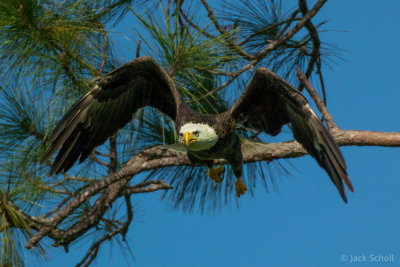I have the chance to shoot architecture photos on a regular basis for a potential client using my A7 and I need to get a good wide lense. I need to keep the price as low as possible at this point so I'm asking what lens would be my best choice? My first thought is the Minolta 20mm f2.8 with the LAEA4, which I already own. I would love to be able to afford the new Zeiss FE 16-35 but that's a $1k price difference for something that may not pan out.
TIA for your response!
So this is a paid work? You need more pixels, the A7R maybe preferred. As to lens, you can't beat the Canon EF TSE17L. (If you can carry a tripod, etc, there are other good/even better solutions with shift adapters for A7R or D810). You want a lens with/offers shift capability. Obviously there are price to pay.
Steven
Sure, take the $2,500 A7r and add the $2,500
TSE17L and you are out over $5k.
It is too bad that there are no good UWA tilt options for APS-C (the crop factor spoils it).
I had the A7 and OM24, and getting 'tilt' ability set me back $200. Worth the experiment. Especially when highlighting the 2nd sentence of the OP above (underlined).
If I were doing real estate, I surely would consider a full TS lens, and likely on FF and not APS-C. But for just real-estate, the TS lens is not needed - the Touit12 on the A6000 does quite well, and images can be straightened if needed (often not needed).
Also, I have seen real estate photographers doing more of panorama images - for slow & interactive web playback - rather than going full UWA with distorted images.
And full-page glossy images usually are printed at less than 8Mb, resolution means less than proper sharpening/lighting/framing, etc.
--
Cheers,
Henry









